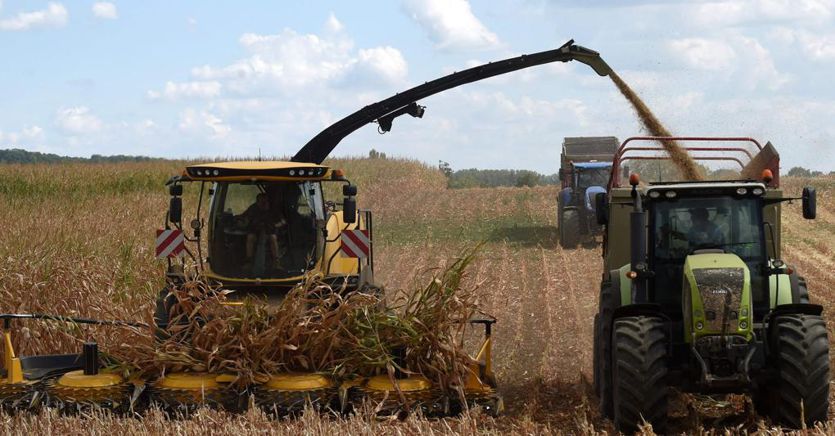“In recent months, many have used the expression” perfect storm “when it comes to the escalation of energy costs. I have the impression that the real perfect storm is the one that is yet to come. Today we are paying for a sharp reduction in fertilizer production in Europe with an increase in prices and dependence on foreign countries. But since fertilizers are the basis of agricultural production, within a few months this paradigm could be transferred downstream with a significant downsizing of agri-food production, a new rise in prices and inflation, a massive recourse to imports and, above all, a direct impact on the household budget “. In the words of the president of Assofertilizzanti-Federchimica, Giovanni Toffoli, there is the next scenario not only of the agrochemical sector but of the entire Italian and European agri-food sector.
Double dependence on gas
In fact, the fertilizer industry suffers from a double dependence on gas which feeds the production process but which is also a raw material for the production of agricultural fertilizers. For this reason, the average increases of 300% in gas prices in a few months are pushing many European industries in the sector to reduce, if not stop, production. About twenty sites are temporarily closed.
Norwegian mineral fertilizer multinational Yara International, one of the sector’s world leaders, closed its plant in Ferrara, Italy in July for the second time this year. In the spring, he shut down the Le Havre plant in France. Since January, Yara has produced 15% less ammonia in Europe than last year and has just announced that it will further reduce its production in Europe. On the Old Continent, the group will now use only 35% of ammonia production capacity. Further production cuts in the coming days will take place at the Sluiskil (Netherlands) and Tertre (Belgium) plants. With these measures, Yara estimates the current reductions in annual production capacity in Europe at 3.1 million tons of ammonia and 4 million tons of finished products.
The plants close
This week, as gas prices have risen again, the first Polish producer Azoty announced that it would suspend 90% of its ammonia production and the first Lithuanian producer Achema also announced the closure of its plant. The German giant BASF has announced that it will close the Ludwigshafen plant if gas supplies drop below 50% for an extended period.
«The main category of fertilizers – added the president of Assofertilizzanti – is that of nitrogen which are also those most affected by the increase in gas prices. Synthetic nitrogen represents 65-70% of the fertilizers used in agriculture and comes from ammonia, NH3 from which carbon is removed and nitrogen is added using gas. Without gas, or with gas at these prices, and without pipes and regasifiers to import it from countries other than Russia, there are not many alternatives. The only thing is to reduce the tariffs on the import of fertilizers because it would be more convenient to import them than to produce them. Italy, including the plants of foreign multinationals operating in our country, is about 50% self-sufficient for fertilizers. But 100% of the raw materials to produce them are imported from abroad ».
